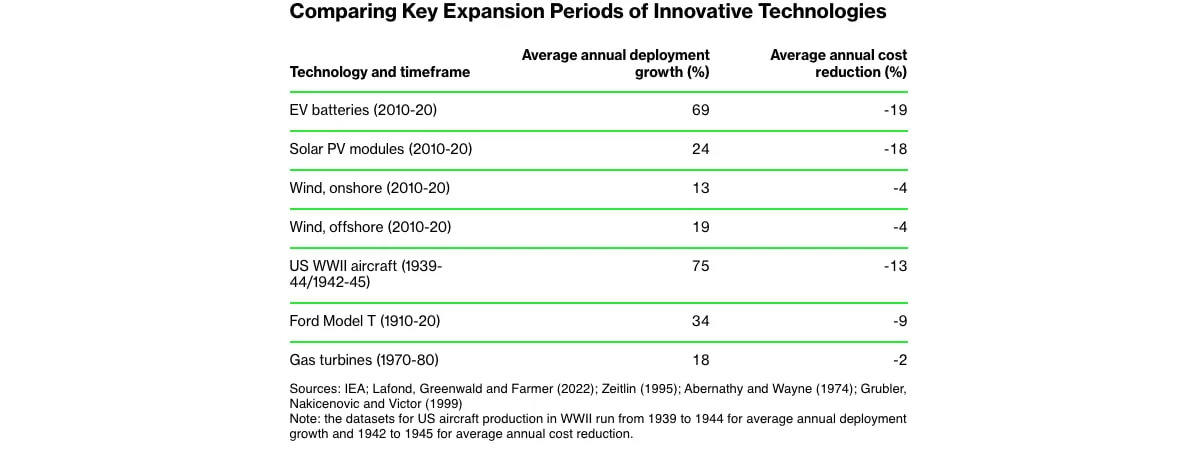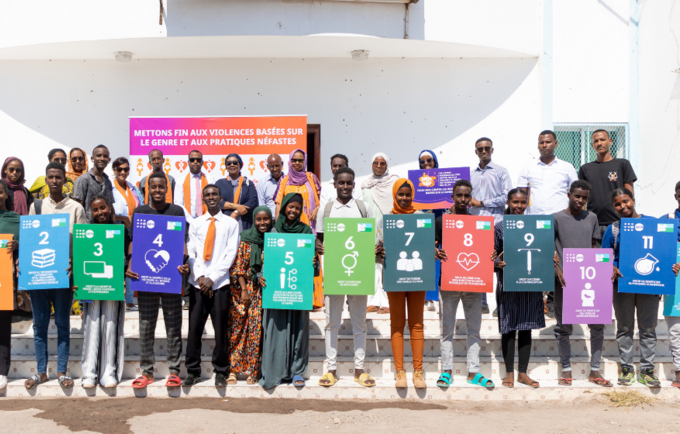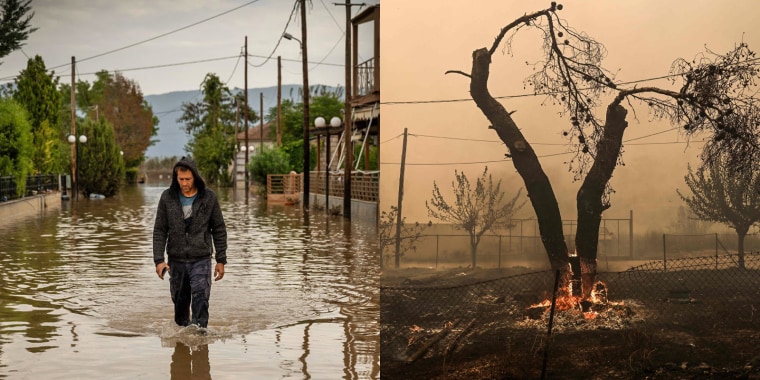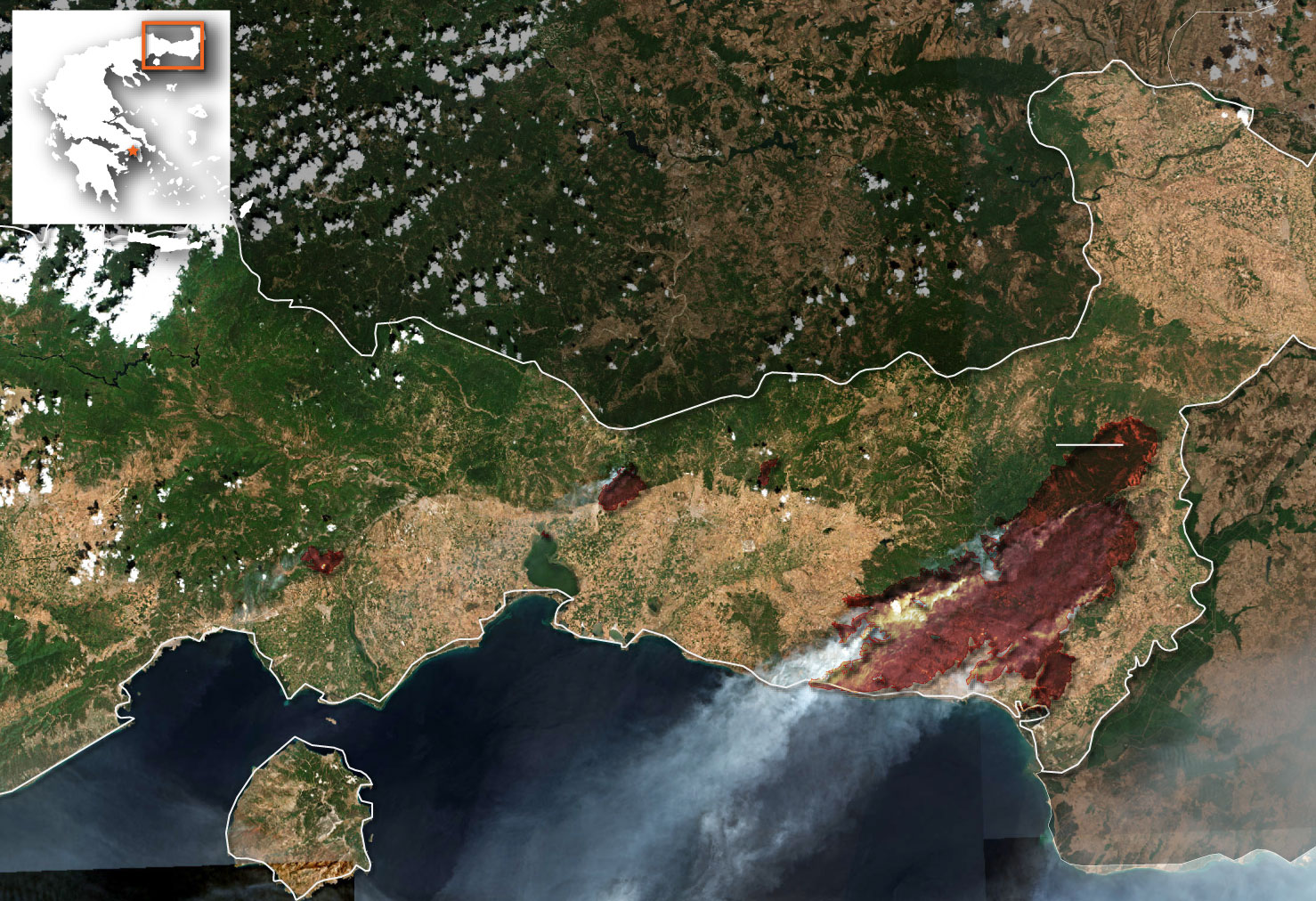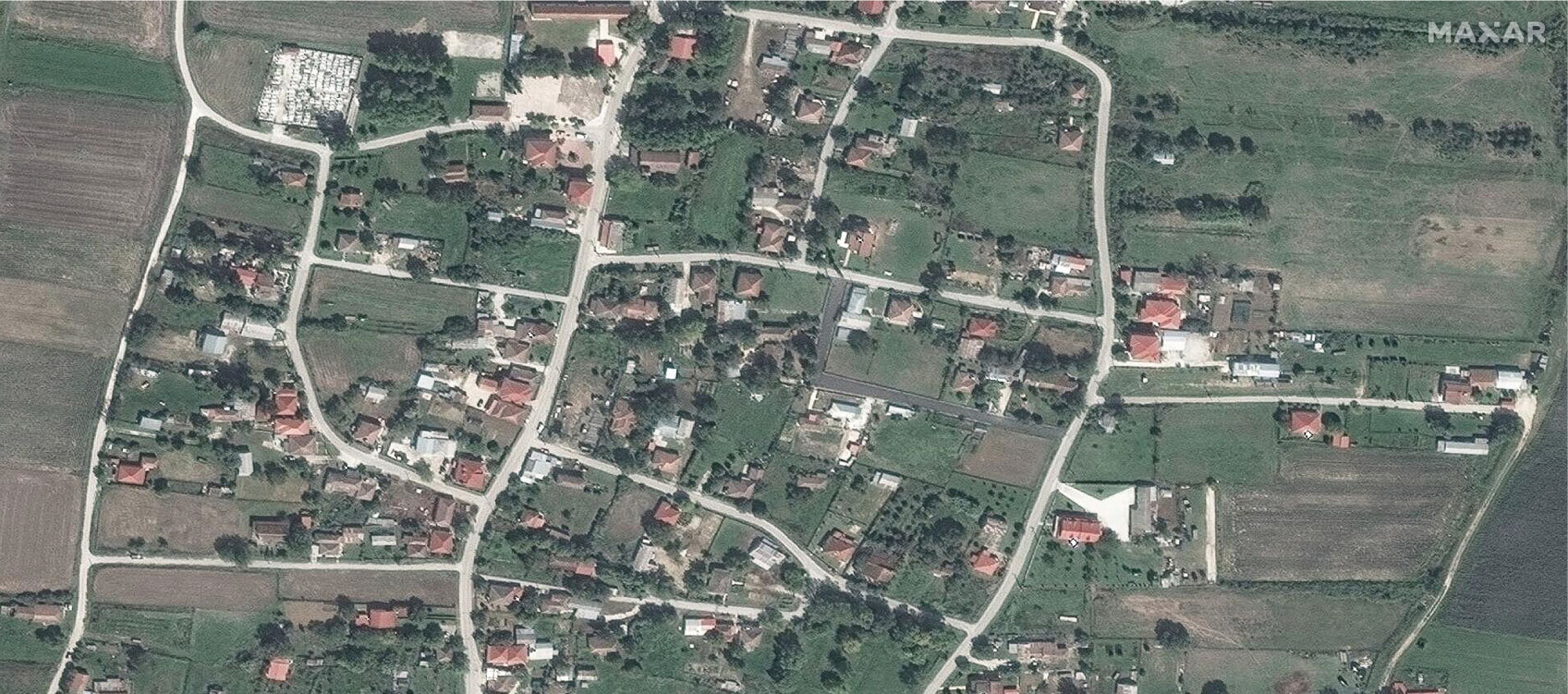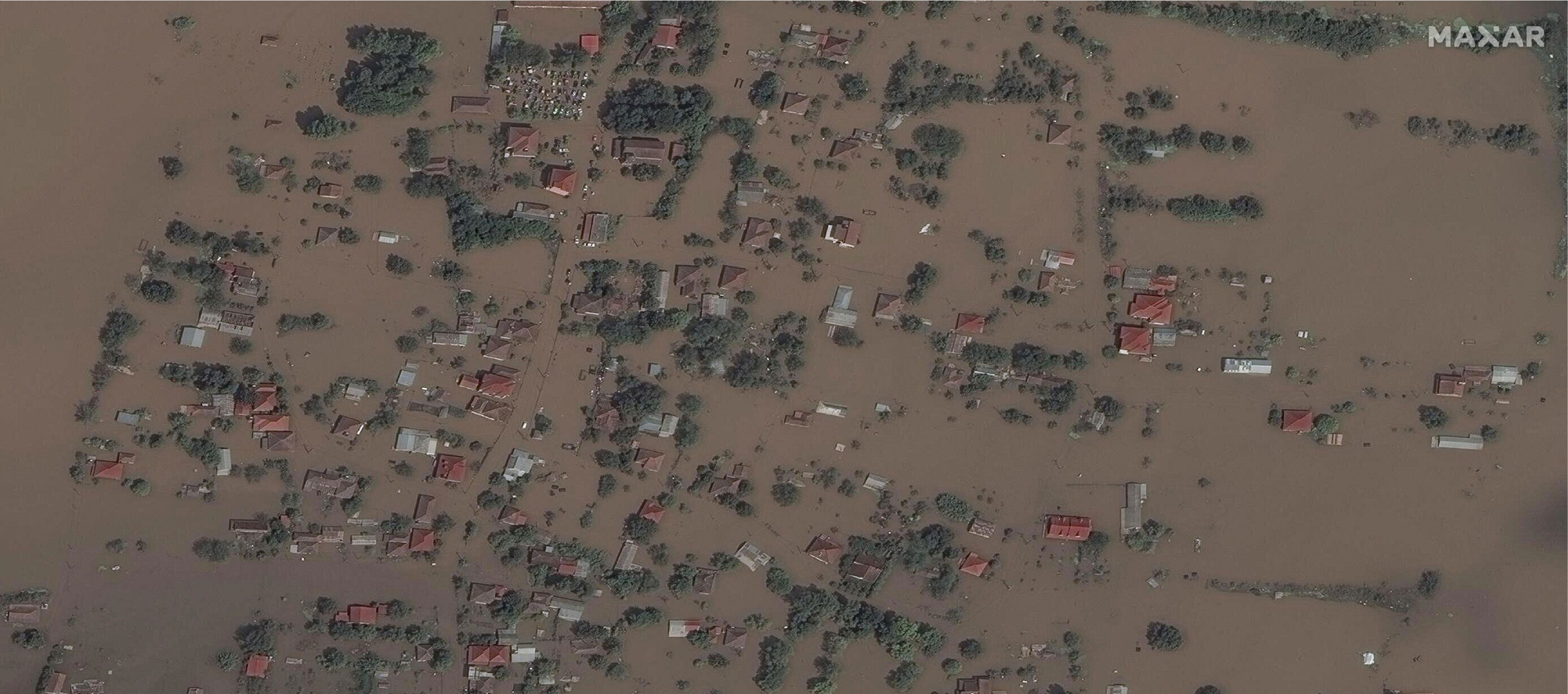A shift in focus towards Iran led US and European powers to take their eyes off the Middle East Peace Process
DAMIEN MCELROY
:quality(70)/cloudfront-eu-central-1.images.arcpublishing.com/thenational/HJGVT2MKANPMR42K6WA6HRTKVA.jpg)
People at the site of a destroyed mosque following an Israeli air strike in Khan Younis, Gaza Strip, on Sunday. Bloomberg
What the world needs now is George Bush Sr as US president. Instead, it’s got Joe Biden.
That is because so much complacency had set in over the situation of the Palestinians ahead of the breakout from the Gaza siege at the highest levels of diplomacy.
It is not because Mr Biden owns the horrific events that are now rapidly escalating from one Israeli frontier to another. In fact, it is a comment on America’s lack of ownership more broadly.
And to be fair to Mr Biden, that lack of American grip on the diplomacy and security agenda in the region long predates his rise to the Oval Office.
What the late Mr Bush did during his time in office in the 1980s and 90s was to show the world that American leadership can be dedicated to a single insight – that, without a fierce focus on how to resolve the Palestinian demand for their rights in concert with Israeli leadership, there can only be dangers and threats in the region.
The Madrid Peace Conference of 1991, during which Mr Bush brought his confrontation with then Israeli prime minister Yitzhak Shamir into the open, remains a historic pole for the Middle East Peace Process about a quarter of a century later.
It is the context that proves most useful in looking at why the world’s diplomats scrambled on Saturday morning to come up with lines of reaction to the Hamas assault out of Gaza.
The very fact that it was such a shock was an indictment of global leadership on this top-tier challenge to international diplomacy.
It is not feasible to disentangle a decade of Iran policy from the crisis now engulfing the Middle East Peace Process
Washington’s obsession with finding a placatory deal with Iran should be dead in the water. It is not feasible to disentangle a decade of Iran policy from the crisis that is now engulfing the Middle East Peace Process.
Just a few weeks ago, the Biden administration cleared the way for the release of frozen funds sequestered in South Korea to Iran. The talks were the outcome of the Biden team’s focus on Tehran from the very outset of its takeover from the previous Trump administration.
The bartered arrangement came despite some very peculiar developments in the US State Department’s leadership team dealing with Iran.
Robert Malley, the Iran point man for Mr Biden, was suspended from his job earlier this year amid a probe into his security clearance. Mr Malley comes from a stream of US diplomacy that has a big-picture view of Iran that ascribes little importance to Tehran’s revolutionary zeal.
To be fair to Washington, it is not just US diplomacy that is captured by the foundational concept. The Europeans are equally determined to subscribe to this worldview.
During the Conservative party conference in the UK last week, I sat in on a sidelines discussion on Syria that included a mention of Iran’s systemic exploitation of the civil war. When it was mentioned that the Islamic Revolutionary Guard Corps’ presence in Syria now amounts to a platform to threaten Israel, there was scarcely a murmur of concern.
All this is an enabling background for the decisions that Hamas has now taken. The shock of the attacks is seismic in itself. The scale of retaliation is now taking on a dynamic of its own. The cards that Hamas still has to play will further push the conflict into more deadly phases. All the while, the lack of leadership from the Palestinian Authority means Hamas grows in strength.
:quality(70)/cloudfront-eu-central-1.images.arcpublishing.com/thenational/5LPXOS33JVFVPLMI5ADN6Z2UPI.jpg)
Delegates attend the 1991 Madrid Peace Conference.
While covering one of the Gaza conflicts about a decade ago, I stood by some Iron Dome anti-rocket installations as the system went into action. It was possible to see the technology as a window through which Israel had a firm hand on the threat posed by Hamas, without any realistic consideration of what this means to the more than two million Palestinians under siege. Gaza was literally contained as an issue, not just for Israeli government but for the global diplomacy on the region.
After that, I went to listen to a speech by Israeli Prime Minister Benjamin Netanyahu. He was out of power at the time, but he had a clear idea of containment that included control of the Palestinian border but also its electronic space. A kind of land-and-air bubble could be imposed that would not pose a problem for Israel, despite the suffering of Palestinians and lack of long-term security for Israelis.
The question that will become apparent in the days ahead is how the world can effectively respond to contain the cycle of violence. The rules that had much of the energy that in George Bush Sr’s time was devoted to resolving the Palestine-Israel issue diverted to Iran are now horribly exposed.
European diplomats are in crisis mode, stressing Israel’s right to defend itself. Their American counterparts are in the same place. It may be a moment of unity that matches the gravity of events.
What cannot be denied is that neglect is no longer an answer to this situation. Whether this episode spirals quickly or not, it needs to be treated as such.
Published: October 08, 2023
:quality(70)/cloudfront-eu-central-1.images.arcpublishing.com/thenational/SBTXYQHXXUPCQUTNTSH6FTOAQU.jpg)
:quality(70)/cloudfront-eu-central-1.images.arcpublishing.com/thenational/JEWXRRX22MFTPAXLE3WL3U2PSY.jpg)
:quality(70)/cloudfront-eu-central-1.images.arcpublishing.com/thenational/G6ZRHL5LBHAX2GQ4RJ2MZ74RPM.jpg)
:quality(70)/cloudfront-eu-central-1.images.arcpublishing.com/thenational/O367MBYI3YS4YXFQMJAMFCEV3U.jpg)
:quality(70)/cloudfront-eu-central-1.images.arcpublishing.com/thenational/S2TCZ7XT6WIZA5JGSCO2YDTPBM.jpg)
:quality(70)/cloudfront-eu-central-1.images.arcpublishing.com/thenational/LRLE6MOXANCMHBW6KTRZ3AXWFE.jpg)
:quality(70)/cloudfront-eu-central-1.images.arcpublishing.com/thenational/WCFEVMU4ZJ7NCQUYOLF3UYA4DE.jpg)
:quality(70)/cloudfront-eu-central-1.images.arcpublishing.com/thenational/BSQAH66WCEFQ7SB7KWUYAAF764.jpg)
:quality(70)/cloudfront-eu-central-1.images.arcpublishing.com/thenational/TXUWIC6X7AT2IARDBYUNOT2PJI.jpg)
:quality(70)/cloudfront-eu-central-1.images.arcpublishing.com/thenational/4SXNNDBXJS5SSHSCPMIL2OI7VA.jpg)
:quality(70)/cloudfront-eu-central-1.images.arcpublishing.com/thenational/7JKULRCNPVE274OI4NMIW5VR6Y.jpg)
:quality(70)/cloudfront-eu-central-1.images.arcpublishing.com/thenational/AM3VFERHXJN64FDFDTURYTV6W4.jpg)
:quality(70)/cloudfront-eu-central-1.images.arcpublishing.com/thenational/KSJ6IL4O3DLJXLLWYFSZ7ZP57U.jpg)
:quality(70)/cloudfront-eu-central-1.images.arcpublishing.com/thenational/CU3XLK55CIKVV5QP7E26GEIXCI.jpg)
:quality(70)/cloudfront-eu-central-1.images.arcpublishing.com/thenational/4BVRKFXOPVC256H6YAIE3KBPN4.jpg)
:quality(70)/cloudfront-eu-central-1.images.arcpublishing.com/thenational/2YZMHMHBCBLHTP73HB2BHGSKCI.jpg)
:quality(70)/cloudfront-eu-central-1.images.arcpublishing.com/thenational/X26R6EPZFI3AC6A4FBJW54UYCA.jpg)
:quality(70)/cloudfront-eu-central-1.images.arcpublishing.com/thenational/NGVFYRCHMWEMKWU6TW6ABJTUEA.jpg)
:quality(70)/cloudfront-eu-central-1.images.arcpublishing.com/thenational/V4PYOX676DEHN3O4KU2SXFYQAU.jpg)
:quality(70)/cloudfront-eu-central-1.images.arcpublishing.com/thenational/A7R3UMB6YXDS7MK7ZH36WHHZOU.jpg)
:quality(70)/cloudfront-eu-central-1.images.arcpublishing.com/thenational/EECG4OL5CKXKIC2CIYH3QWITEE.jpg)
:quality(70)/cloudfront-eu-central-1.images.arcpublishing.com/thenational/NDDXLNIMIFC2AQEB4LMAEB6ZFU.jpg)
:quality(70)/cloudfront-eu-central-1.images.arcpublishing.com/thenational/CXPZ6B73LT6LQWUOVCSUBLGPZQ.jpg)
:quality(70)/cloudfront-eu-central-1.images.arcpublishing.com/thenational/LA6CXAJJFBBVB3VYKHDAFZPPCA.jpg)

